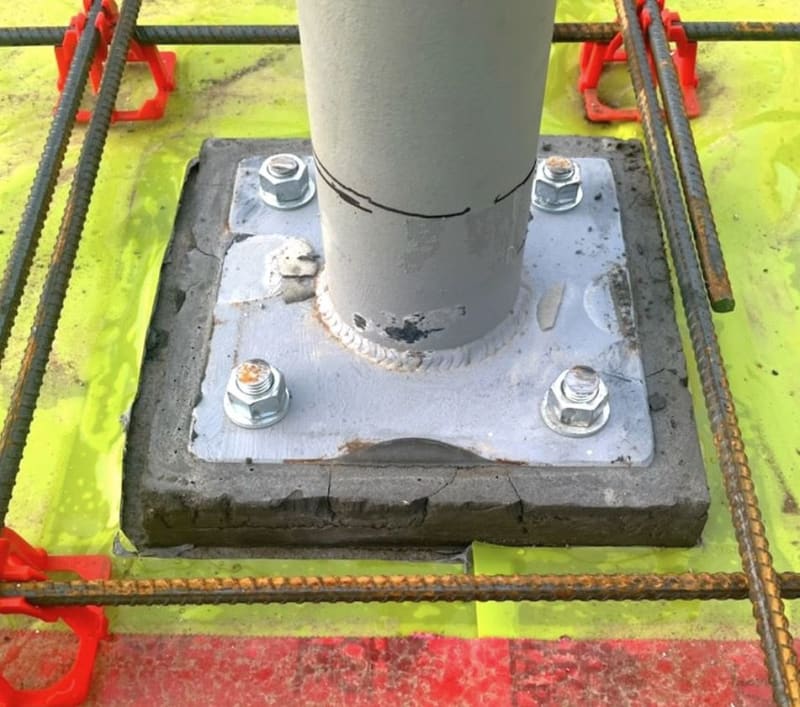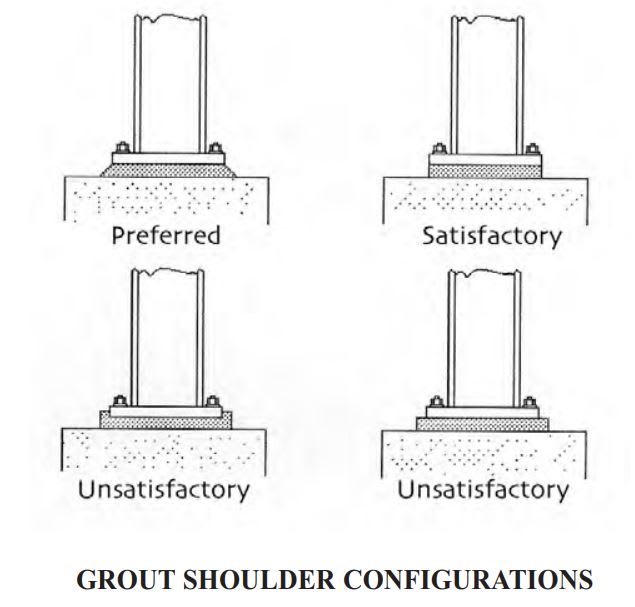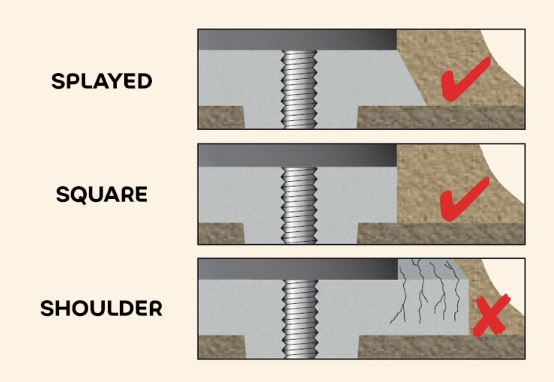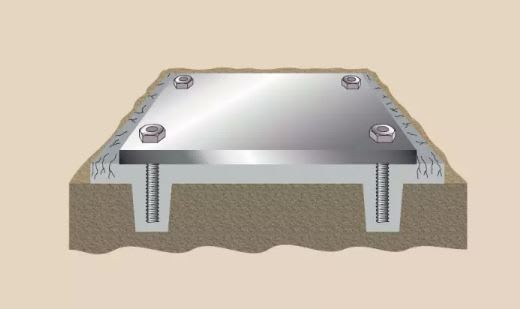met33
Materials
- Apr 9, 2024
- 29
Are the cracks in the grout under this baseplate a concern?
It's a 10" x 10" x 1/2" steel baseplate. The column has a design load of 10 kips. This is residential construction.
I don't know what type of grout was used.

It's a 10" x 10" x 1/2" steel baseplate. The column has a design load of 10 kips. This is residential construction.
I don't know what type of grout was used.




